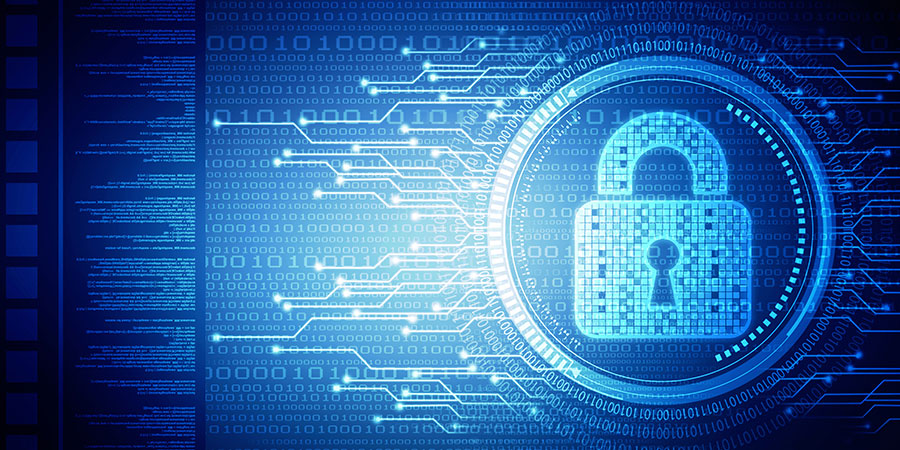While 5G promises endless possibilities with low-latency and high-speed connectivity, an increased number of IoT and smart devices open doors to new vulnerabilities. Not only will there be more entry points for cyberattacks, 5G can also lead to faster spread of botnet activities.
In fact, such threats have amplified in the past year, with pandemic-driven remote work and learning aggravating the cybersecurity threatscape worldwide. According to cybersecurity company Atlas, one of the most common attacks is a DDoS attack. In 2020, there were more than 10 million such attacks, representing a 1.6 million hike from the previous year.
Cyber threats in the telecom industry
In recent years, the telecommunications industry has fallen prey to increased cyber threats, with DNS and DDoS being the most common types of attacks. Often, attackers infiltrate telecom networks through vendors, service providers or e-mail providers. Not only are telecom operators more frequently attacked, but they are also experiencing costlier attacks, with repercussions such as revenue losses from downtime, disruption to business functions, compromised customer data and impact to brand image. Often, the effects are far-reaching, affecting customers from across sectors relying on their networks.
To counter these imminent threats, telecom operators are challenged to adopt a holistic and risk-based 5G security strategy and ensure security across 5G applications and devices. Strategies have to be adapted to take into consideration traditional networks that have been replaced by virtualised, decentralised and software-driven networks that are operated by multiple vendors across different geographical locations. Adding complexity to this is a technology still in its infancy, where boundaries are broadening and discoveries are still being made.
For instance, Adaptive Mobile recently disclosed that mobile network slicing reveals a vulnerability that can potentially lead to leaks of sensitive user data and DDoS attacks between different network slices on 5G networks. While this finding has since been submitted to GSMA for countermeasures to be recommended, it highlights an evolving tech environment and the need for adaptive, flexible solutions. It also highlights the need for telecom operators to constantly assess network resilience and develop secure networks across regulatory bodies, operators and other stakeholders. As the 5G ecosystem becomes more developed and complicated, the industry as a whole cannot afford to treat cybersecurity as an afterthought.
Enhancing security with widespread 5G adoption
On the one hand, telecom operators have to build a more robust and secure infrastructure to keep cyber threats at bay for its networks. On the other hand, this presents an opportunity for telecom operators to generate a new revenue stream.
Across industries, accelerated digital transformation is accompanied by heightened cybersecurity risks and vulnerabilities. To counter these threats, spending on security products and services is estimated to reach US$23.1 billion in the Asia Pacific region this year. According to IDC, this represents a compound annual growth rate (CAGR) of 13.3% over the period from 2019 to 2024, with spending totaling US$35 billion by 2024. Of which, 40% of security services spending will be on managed security services.
As connections between the physical and virtual proliferate with widespread 5G adoption, this spending is poised to grow when enterprises recognise they have limited cybersecurity skills to navigate a more complicated and diverse IT environment.
To bridge this gap, telecom operators can leverage network advantages and authentication capabilities, adding to its architecture automation mechanisms to support zero-trust security, using threat intelligence analytics to monitor and detect dynamic behaviors across a hybrid cloud environment to capture threats and trigger real-time responses. As 5G use cases grow across industries, telecom operators also need to adopt cloud networking with flexible security levels to suit the varied needs of customers.
To do this, telecom operators can deliver managed security services via strategic alliances with tech partners or other operators. For instance, TM ONE, the business-to-business arm of Telekom Malaysia recently partnered Telefónica Tech, a cybersecurity firm to provide cybersecurity solutions for its customers.
As 5G infiltrates more industries, a sound security strategy becomes critical to mitigating business losses and building customer confidence. Essentially, cybersecurity should be a driving factor as the telecommunications industry transforms their network infrastructure in the early stages of 5G adoption. This would help telecom operators better anticipate evolving and more complex demands in a hyperconnected world.






